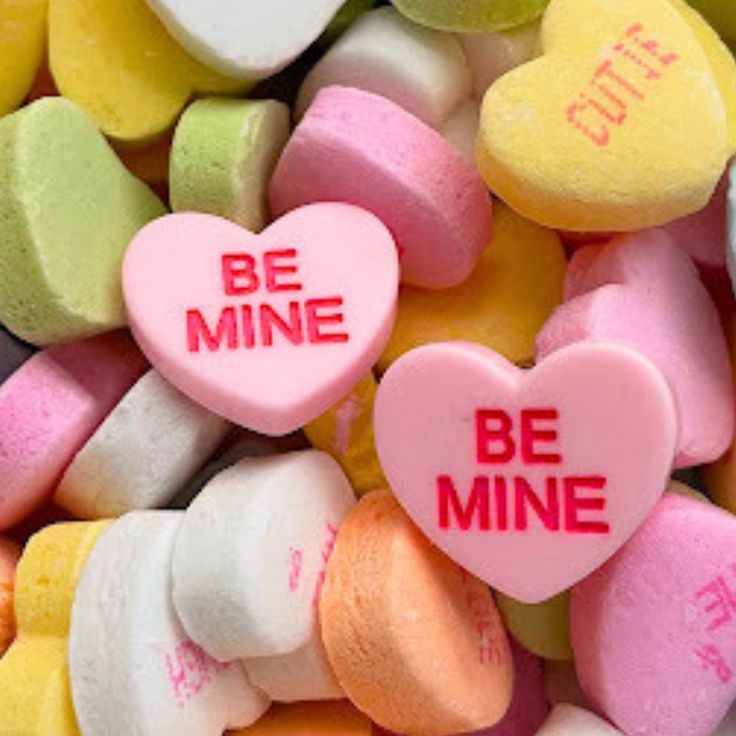Every year on February 14th, millions of people around the word celebrate Valentine’s Day. But what is it that started the celebrations?
Many people point to not-so-romantic Lupercalia as a starting point. Hosted on February 15th in ancient Rome, the festival was marked with the sacrifice of animals– goats and dogs, to be specific– while a few people were required to laugh as it happened. It gets grosser, but we don’t need to go too in depth. In general, Lupercalia was indeed a fairly suggestive fertility ritual followed by some kind of feast, but the main highlight was the matchmaking. During the festival, men would draw women’s name from a jar to be ‘coupled’ with them until the end of the festival, and a lot of people ended up getting married that way. And while we aren’t really sure how long they lasted, it would give this bizarre festival a reasonable link with modern-day Valentine’s day.
As for Saint Valentine himself– well, there were most likely several Saint Valentines, all of which were also most likely martyred (executed for their religion). However, the namesake and the date of one of the executions could be another explanation for the name. With the spread of Christianity, Pope Gelasius felt eager to replace the fairly depraved Lupercalia with something more in-line with Christian principles. And so, he declared February 14th to be the Feast of Saint Valentine, effectively replacing Lupercalia.
As the world began to move through the Middle Ages, a stronger emphasis was put onto our, now more modern, principles of romantic love. People began to design their own handmade cards and love notes fairly early on, let’s say around the 14th century. After a few more references to Valentine’s Day in popular media, such as Geoffrey Chaucer’s “Parliament of Fowls” in 1381 and Shakespeare’s Hamlet in 1604, the holiday had undoubtedly entered the public consciousness.
Love notes and letters truly began to be the norm around 1800. In 1797, “The Young Man’s Valentine Writer” was published, presenting itself as a gentleman’s guide for writing with “The High Road to Love; for both Sexes” following not long after. These old-timey tutorials came out just in time (if not, a bit early) for the 1840’s, in which more people gained access to public post and mail. With that, over the next few decades, handmade cards gradually shifted to mass-produced paper greetings with whole factories dedicated to them: hundreds of thousands were sent in the years following 1840.
In 1861, Richard Cadbury (yes, the chocolate egg guy) capitalized on the boom in popularity by producing a box of heart-shaped chocolates, marking the public’s link with candies (though, mainly chocolate) and Valentine’s Day. From there, more and more of the world gradually began to celebrate Valentine’s Day, getting some cards and chocolates to give to their loved ones. Fast forward a century or so, and the gradual spread of Valentine’s Day has resulted in a globally popular holiday.
The history of Valentine’s Day undoubtedly has some pretty strange and dark roots, but it thankfully resulted in the warm and fuzzy holiday we’ve all come to know.

